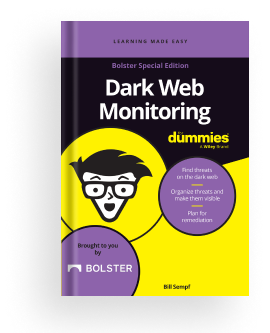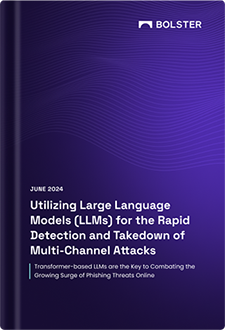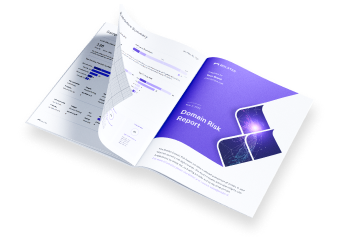What does ‘allowlist’ mean?
‘Allowlist’ is a term commonly used in the field of cybersecurity. It refers to a method or process used to explicitly specify and permit access to certain applications, entities, resources, or actions within a system or network. In simpler terms, an allowlist is like a whitelist that grants permission to specific items while blocking all others.
The purpose of an allowlist is to enhance security by only allowing approved and trusted entities to access or interact with a system or network. This approach is often used to protect against unauthorized access, malicious activities, or potential security threats.
By implementing an allowlist, organizations can exercise greater control over their systems and networks, reducing the risk of unauthorized access, data breaches, and other security incidents. It helps to prevent attackers from exploiting vulnerabilities or injecting malicious code by limiting their options to only pre-approved entities.
Allowlists can be implemented at various levels, such as network, application, or even individual files. For example, a network firewall can be configured to allow only specific IP addresses or domain names to access certain services. Similarly, an application may have a list of approved users or IP addresses that can access its functionalities.
In contrast, there is also a concept of a ‘blocklist’ or ‘denylist’. A blocklist is used to specify entities, resources, or actions that are explicitly denied or blocked from accessing a system or network. Both allowlist and blocklist mechanisms are used in combination to create a comprehensive security strategy.
The use of allowlists is considered a best practice in IT security and risk management. By explicitly defining what is allowed, organizations can minimize the attack surface and reduce the likelihood of unauthorized access or data breaches. It is especially important in environments where sensitive or critical information is stored or processed.
Implementing an allowlist requires careful planning and consideration. Organizations need to identify the entities, resources, or actions that should be allowed and create a comprehensive list. This list should be regularly reviewed and updated to ensure that it remains accurate and up-to-date.
It is also important to consider the potential impact on usability and productivity when implementing an allowlist. By restricting access to only approved entities, there is a possibility that legitimate users or activities may be inadvertently blocked. Organizations need to strike a balance between security and usability to ensure that the the restrictions do not hinder legitimate operations.
What should I consider before adding items to an allowlist?
When it comes to adding items to an allowlist, there are several important factors that IT security and risk management professionals should consider. By carefully evaluating these considerations, you can effectively manage the security and risk associated with allowing certain items onto your allowlist. Here are a few key points to keep in mind:
1. Purpose and necessity: Before adding any item to an allowlist, it is crucial to determine its purpose and necessity. Ask yourself why you need to allow this item and how it will contribute to your operations. Adding unnecessary items can increase the attack surface and potentially expose your systems to unnecessary risks.
2. Source and trustworthiness: It is important to consider the source and trustworthiness of the item you are considering adding to the list. Ensure that the item is obtained from a reputable source and that it has been verified to be secure and free from vulnerabilities or malicious code. Trustworthy sources can include official software vendors or reputable third-party providers.
3. Security impact assessment: Conduct a thorough security impact assessment before adding an item to an allowlist. Evaluate the potential risks and vulnerabilities that the item may introduce to your systems. Consider factors such as compatibility, dependencies, and potential conflicts with existing software or systems.
4. Regular updates and maintenance: Items on the allowlist should not be forgotten once they are added. It is important to regularly update and maintain the list to ensure that the items remain secure and up to date. Regularly review and assess the allowlist to identify any outdated or unnecessary items that can be removed. This will help minimize the risk of vulnerabilities and ensure that only trusted and necessary items are allowed.
5. User education and awareness: It is crucial to educate and raise awareness among users about the allowlist and its purpose. Users should understand the importance of adhering to it and the potential risks associated with bypassing it. Regularly communicate the policy and provide training to ensure that users are aware of their responsibilities.
6. Monitoring and auditing: Implement a robust monitoring and auditing system to track and analyze the activities associated with the allowlist. Regularly review logs and reports to identify any suspicious or unauthorized attempts to access or interact with the systems. This will help detect and respond to potential security incidents in a timely manner.
7. Incident response plan: Develop a comprehensive incident response plan that includes procedures for handling any security incidents related to the allowlist. This plan should outline the steps to be taken in the event of a breach or unauthorized access and include protocols for communication, containment, investigation, and recovery.
By considering these factors and implementing best practices, IT security and risk management professionals can effectively manage the security and risk associated with an allowlist. Remember that it’s not a one-time setup, but an ongoing process that requires regular review, updates, and maintenance. Stay vigilant and proactive to ensure the continued security of your systems and networks.
Bolster provides the monitoring features needed to support your allowlist implementation. Contact us for a demo.






